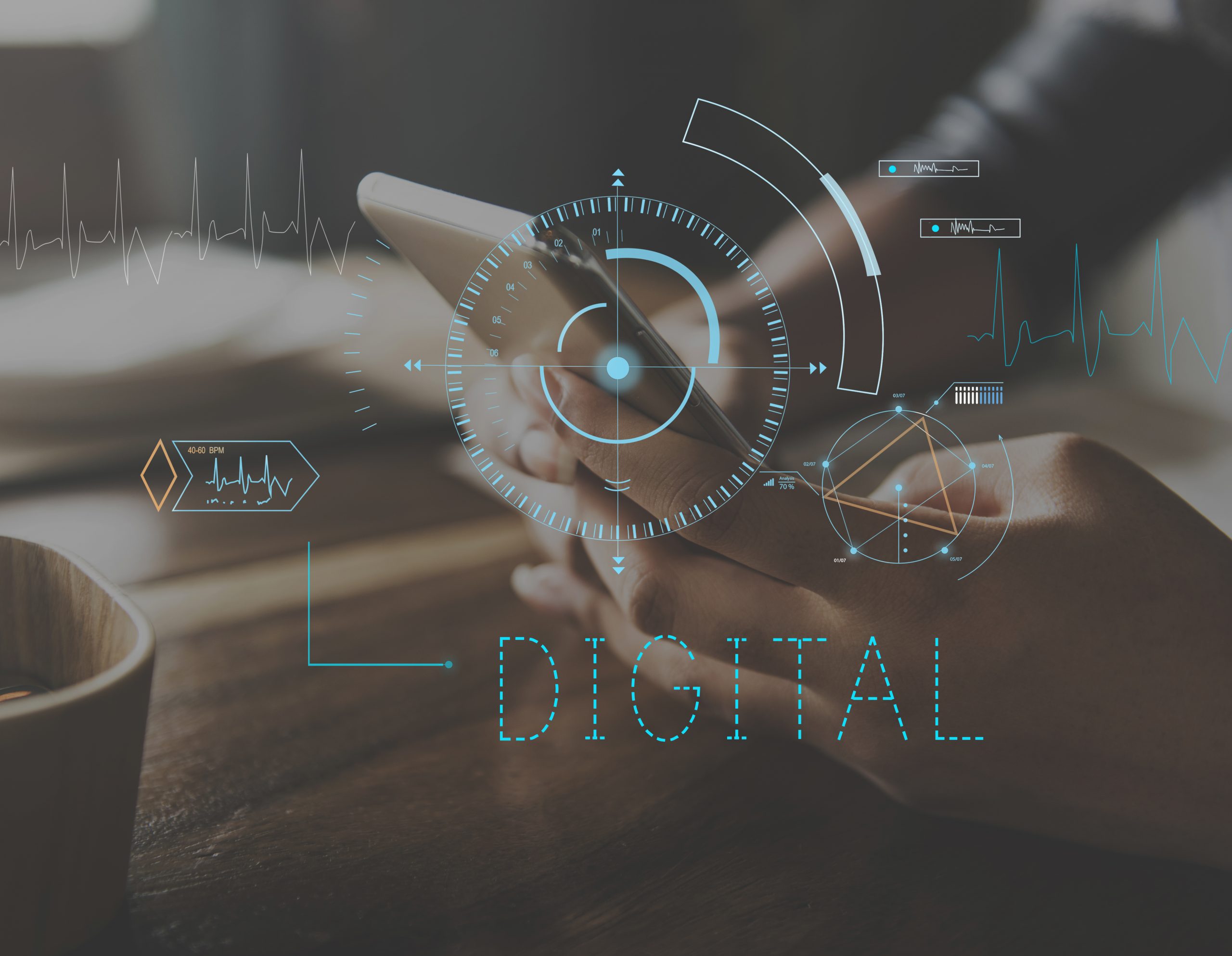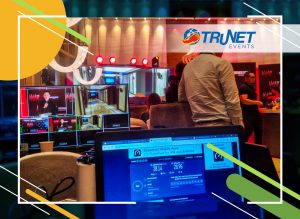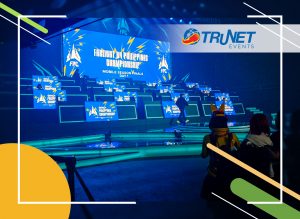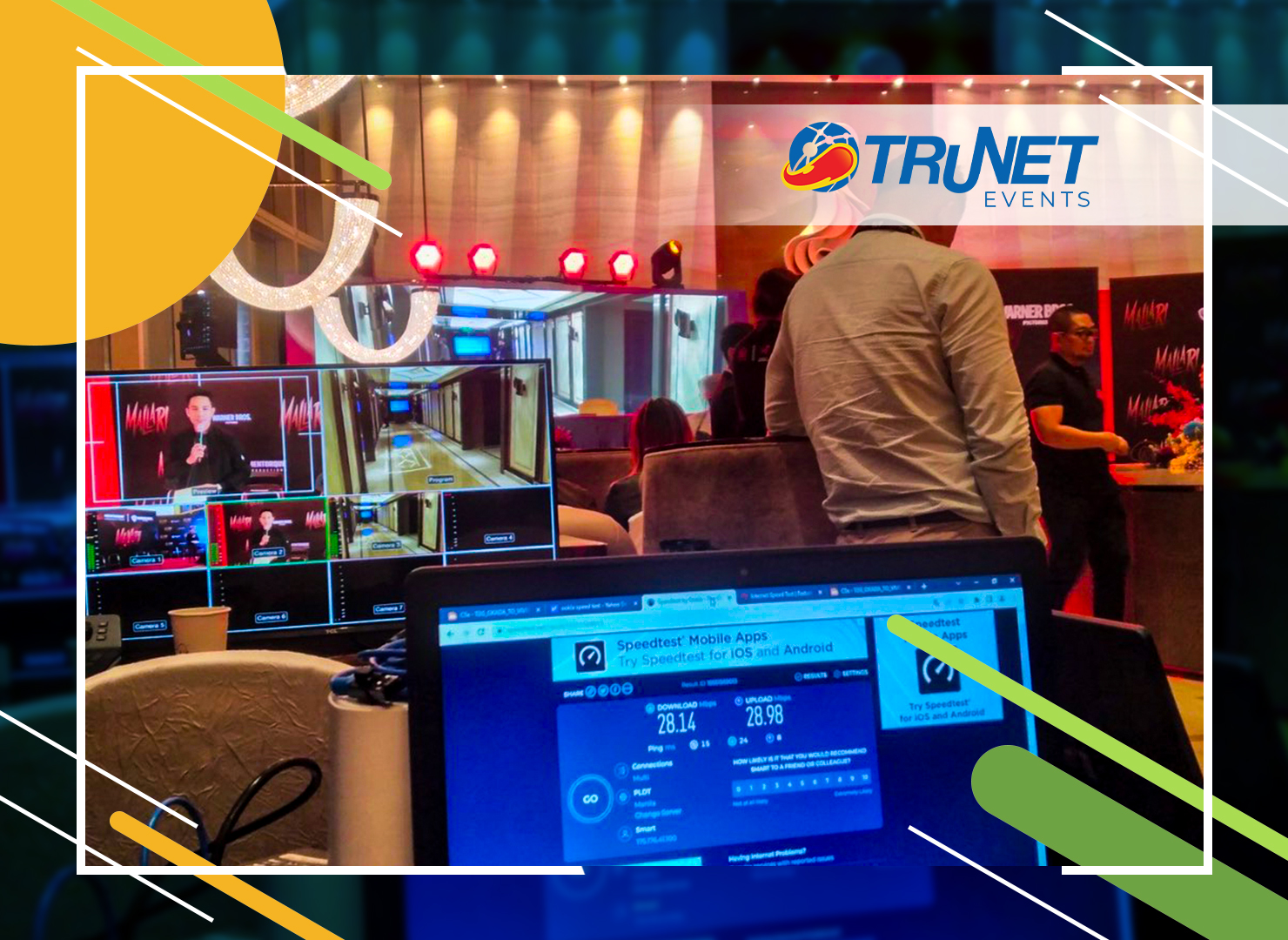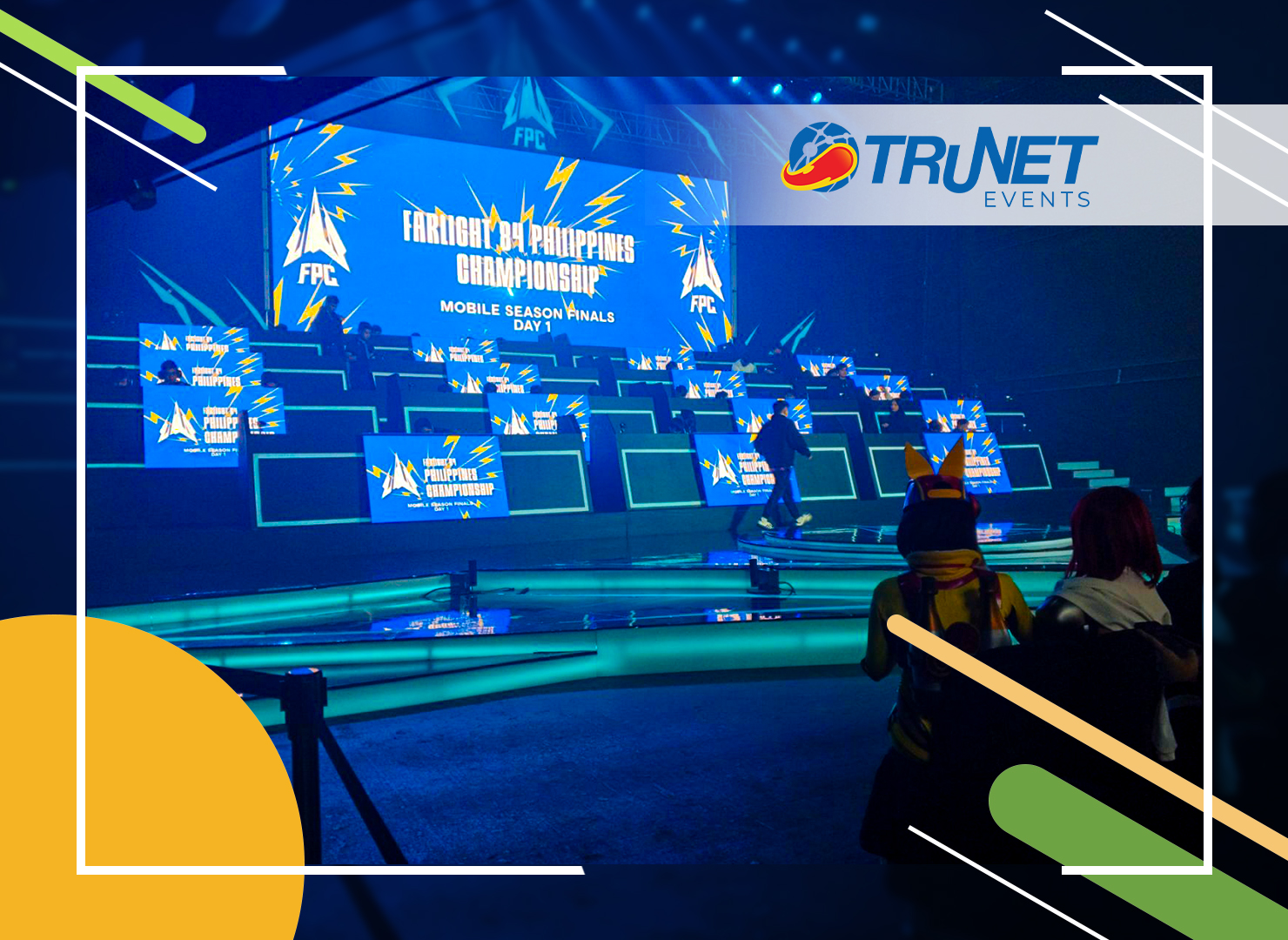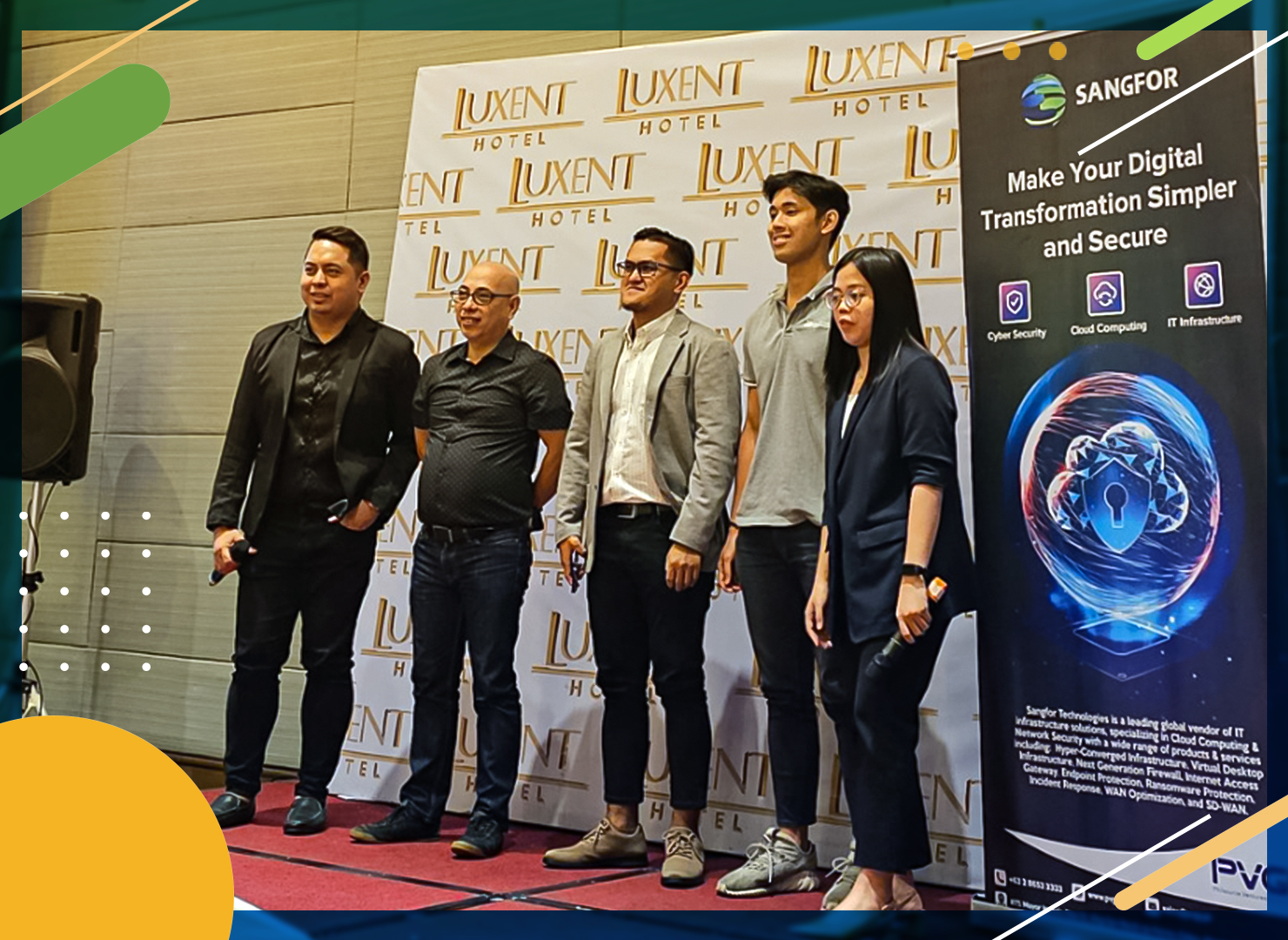Digital Literacy in the Workplace
Digital disruption is the future – and a workforce that is digital literate will play a vital role in the global market. Despite the continuous push for digital transformation, a recent survey found put that “big data and analytics are top of the skills shortage critical list.”
As technology continues to outpace itself, it will continue to bring a significant impact to work-life as we know it – and the best way to navigate through the unsure waters of digital disruption is to upgrade your workforce’s digital skills.
The Four Principles of Digital Literacy
In her research titled “The Digital Workplace Skills Framework”, Elizabeth Marsh discussed that digital literacy is not merely the mastery of every computer skill but rather, the mindset and ability to use digital tools and facilities confidently. She explored the four key principles that every organization must consider in establishing a team that is digital literate.
1. Using the digital workplace
Gone are the days when a traditional workplace setup is the only option for production. In a digital workplace, tools and platforms are easily accessible to be successful in one’s role. The big challenge that this setup poses is the knowledge required to be able to use these tools. To curve this roadblock, companies can start by establishing and safeguarding the skills within their talent pool and the tools available at hand. They can then proceed to optimizing and leveraging these resources to come up with digital solutions that can maximize productivity and efficiency across the organization.
2. Process and Apply
Digital transformation doesn’t stop with piloting digital initiatives – a strategic execution plan should be the immediate follow-up scheme. This is where IT leadership comes in. It is paramount that they guide the workforce to a smooth-sailing digital journey – provide the workforce with the right skills to easily and quickly access the information they need. Aside from that, it is also paramount that a workforce can evaluate and interpret the data they consume – such as identifying patterns, themes, and trends.
3. Create and Connect
Creating new content and communicating it through different channels are equally as important as finding and getting access to data. A digitally agile workplace should be able to create compelling content and course it through a targeted audience. When it comes to this phase, collaboration is key. An intervention from the organization’s leadership team provides support and guidance to help the workforce create and share a series of engaging content.
4. Think About and Adapt
A highly-digitized work environment should not bring the focus solely on managing digital tools – a deep understanding of how to leverage these tools and initiatives to amplify productivity in the workplace and how it can make work-life fulfilling and sustainable. Constantly bombarding employees with data could result in digital burnout or technostress – which is the opposite of what digital disruptions advocate for.
There is no foolproof formula for creating a digital workplace and a team that is digital literate. But when done right, digital literacy in the workplace can open so many opportunities for a company – especially as we enter a global market that relies heavily on technology and its never-ending push for innovation.
